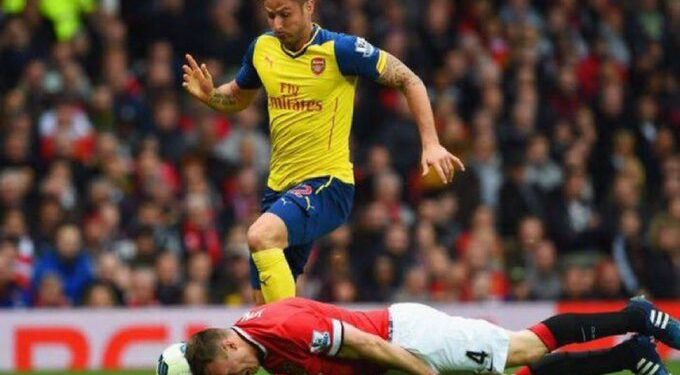The world of football thrives on creativity, with players dazzling fans through skilful manoeuvres that elevate the beautiful game. However, certain football skills banned from professional matches have stirred debate among enthusiasts, players, and officials, as they balance flair with safety and fairness.
From the iconic seal dribble to controversial backheel penalty kicks, these outlawed techniques, often penalised for endangering opponents or disrupting fair play, highlight the evolving nature of football’s rules. As fans reminisce about these forbidden moves, the sport continues to adapt, prioritising player safety and competitive integrity.
The seal dribble, popularised by Brazilian midfielder Kerlon, is among the most famous football skills banned due to its risky nature. This technique involves a player balancing the ball on their forehead while sprinting past defenders, a move that left opponents frustrated and prone to aggressive tackles.
FIFA’s updated Laws of the Game, enforced by referees, outlaw this skill when performed in a way that endangers the player, as it increases the risk of collisions or retaliatory fouls. Referees may issue cautions for such actions, deeming them unsportsmanlike or dangerous.
The seal dribble ban reflects football’s shift toward minimising head-related risks, aligning with broader safety concerns. Another prohibited skill, the shirt trap, involves players tucking the ball inside their jersey to evade opponents, a tactic that disrupts the game’s flow and fairness. This move, considered an extension of the arm, results in a handball penalty under IFAB rules. While rare in modern matches, the shirt trap’s prohibition shows football’s commitment to maintaining clear boundaries for fair play, preventing tactics that exploit loopholes in the rules.
Such bans aim to keep the focus on skill and strategy rather than gimmicks. The backheel penalty kick, a flashy attempt to outwit goalkeepers, has also been restricted due to its perceived disrespect and potential for time-wasting.
When executed excessively or to taunt opponents, referees may penalise players for unsporting behaviour. This restriction highlights the fine line between creativity and provocation, with governing bodies like FIFA cracking down on actions that undermine the game’s spirit.
The ban ensures penalty kicks remain a serious test of skill rather than a platform for showboating. Step-overs, while not entirely banned, face scrutiny when used repeatedly to waste time, particularly in a match’s closing minutes.
Referees may issue cautions for unsportsmanlike conduct if players exploit this technique without advancing play. This restriction aims to prevent deliberate delays, ensuring matches remain competitive and engaging for fans.
The crackdown on excessive step-overs reflects football’s broader effort to balance flair with respect for the game’s pace and integrity. The low leader, a technique involving flicking the ball from the ground with the head, is another skill discouraged due to concussion risks.
Similar to high boots, which are penalised for endangering opponents, the low leader can result in bookings if deemed reckless. This ban aligns with initiatives like the FA’s restrictions on heading for youth players, emphasising long-term player safety over momentary spectacle.
Football skills banned from professional matches, such as the seal dribble, remain iconic for their creativity but are restricted to protect players and maintain fairness.
Fans express mixed sentiments, with some lamenting the loss of flair and others supporting safety-focused rules. Fans highlight ongoing fascination with these forbidden skills, fueling nostalgia for players like Kerlon.
The backheel penalty kick’s restriction continues to spark debate, as fans admire its audacity but acknowledge its potential to provoke opponents. By penalising such actions, football authorities aim to preserve the game’s competitive spirit, ensuring penalties remain a test of precision rather than theatrics. Step-overs, when used strategically, remain a staple of skilful play, but their misuse for time-wasting draws penalties, reinforcing the need for disciplined creativity.


















